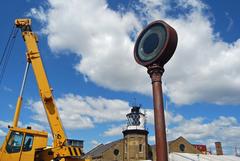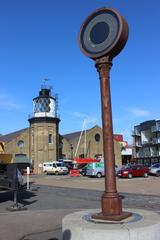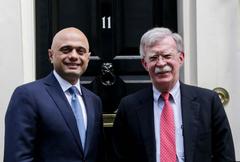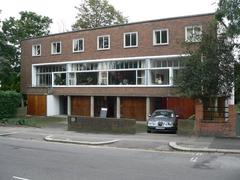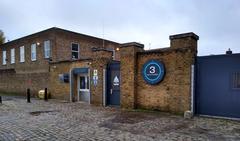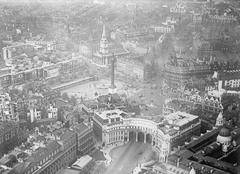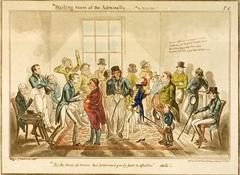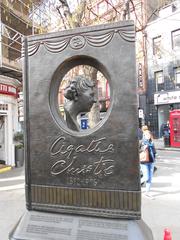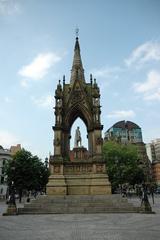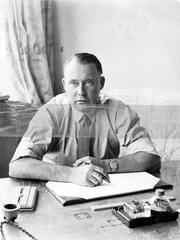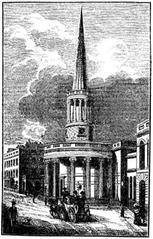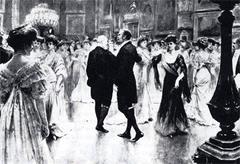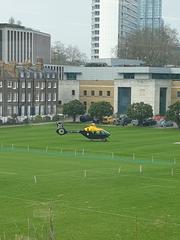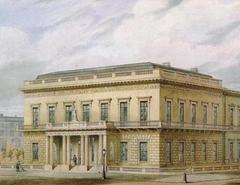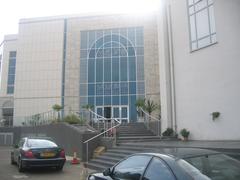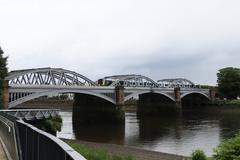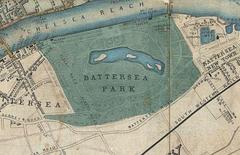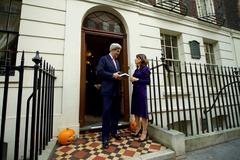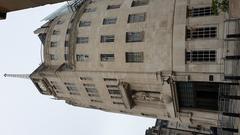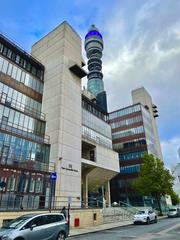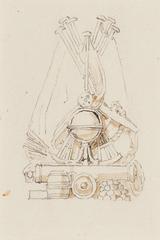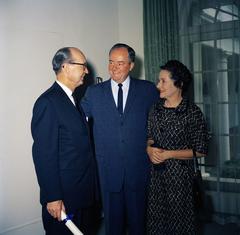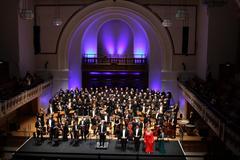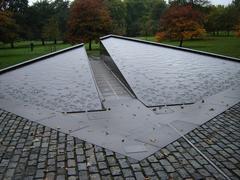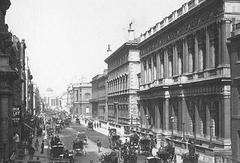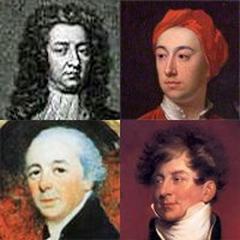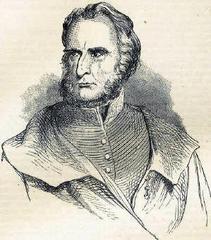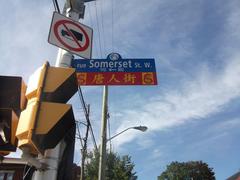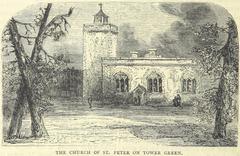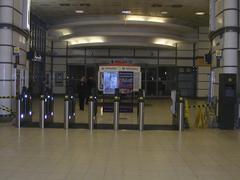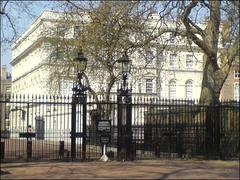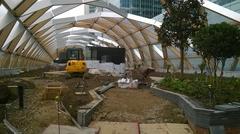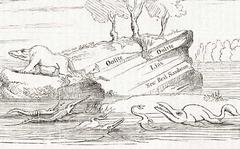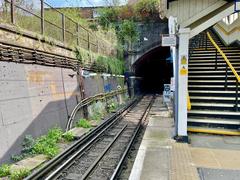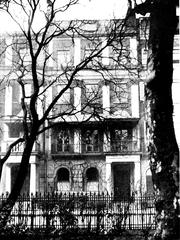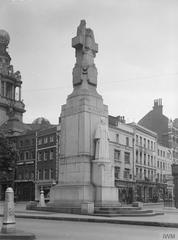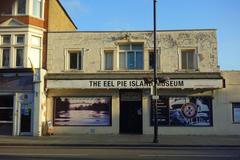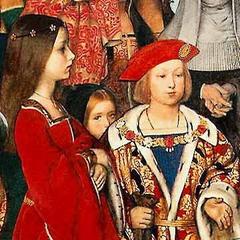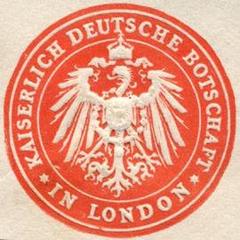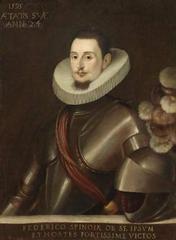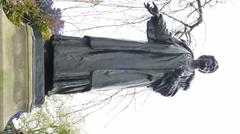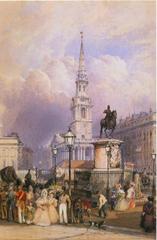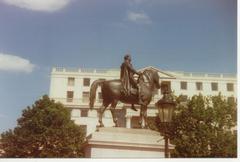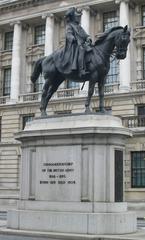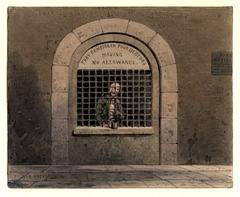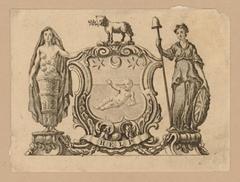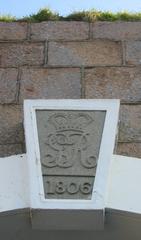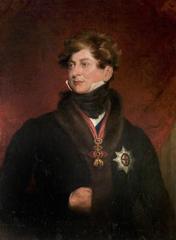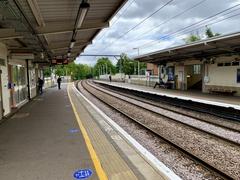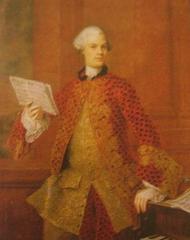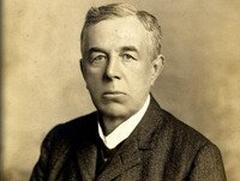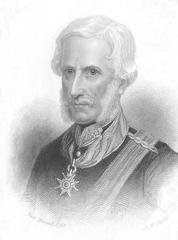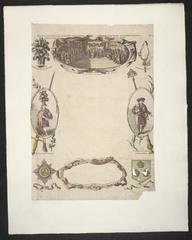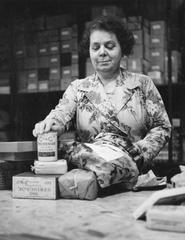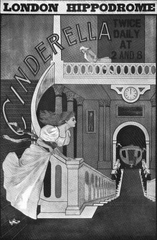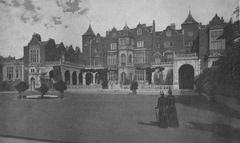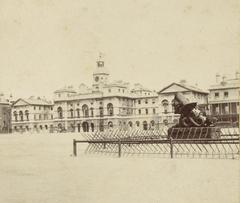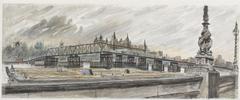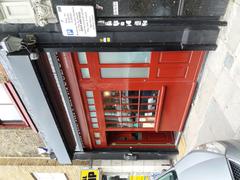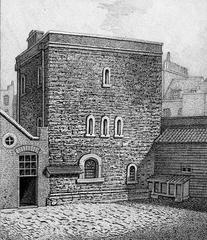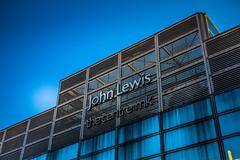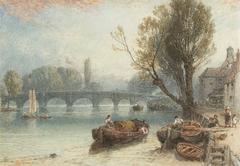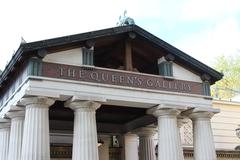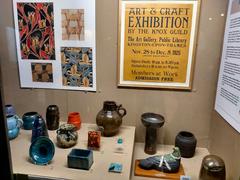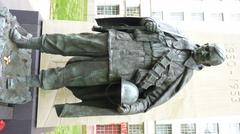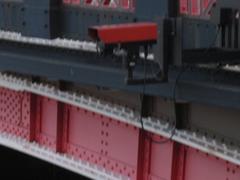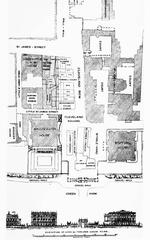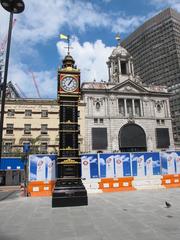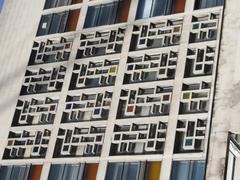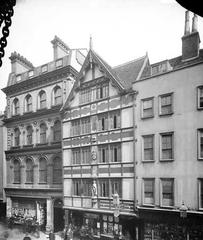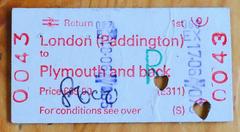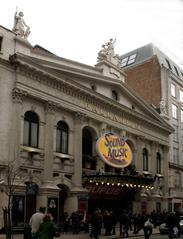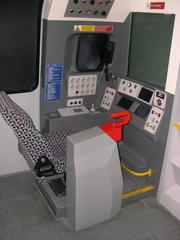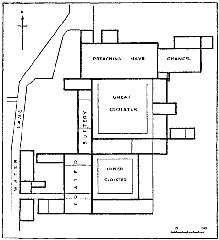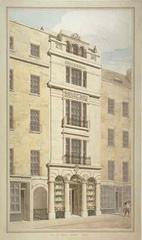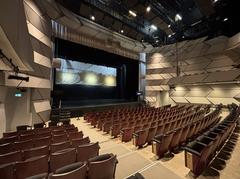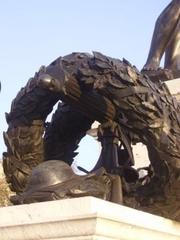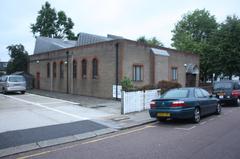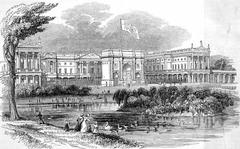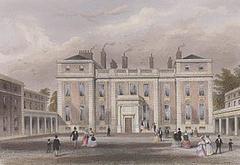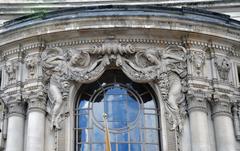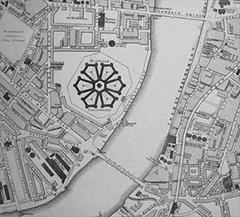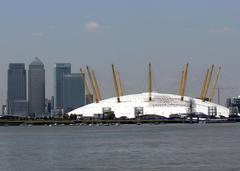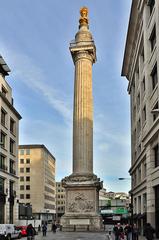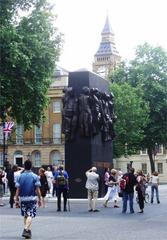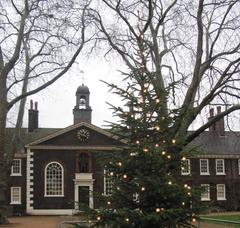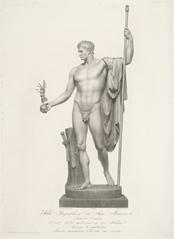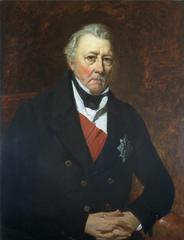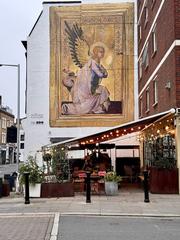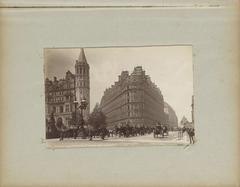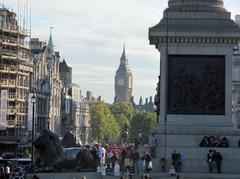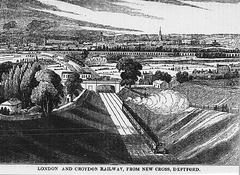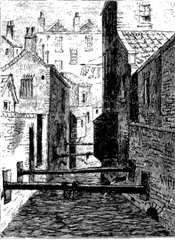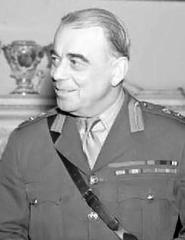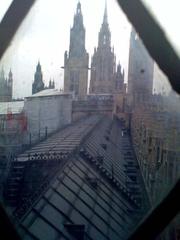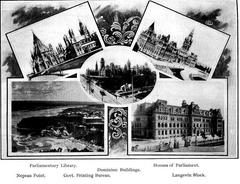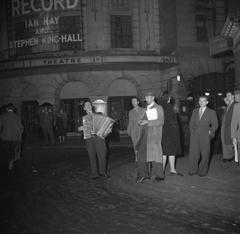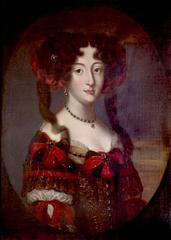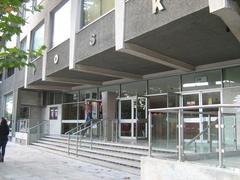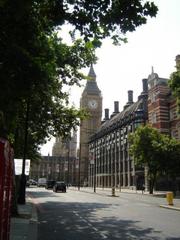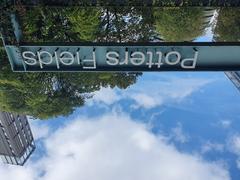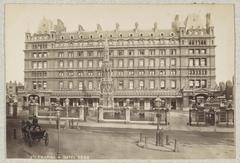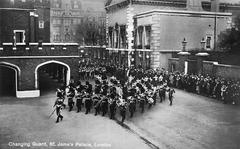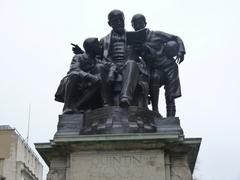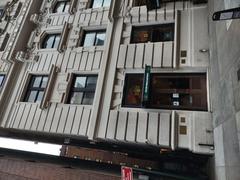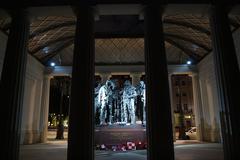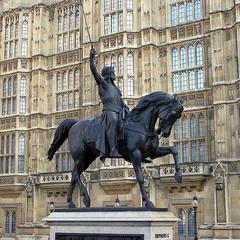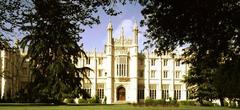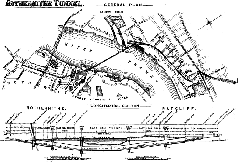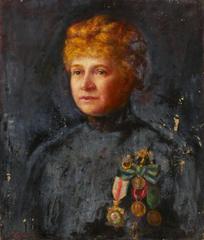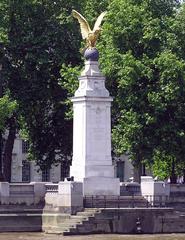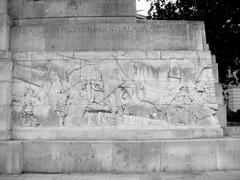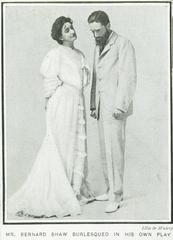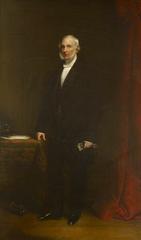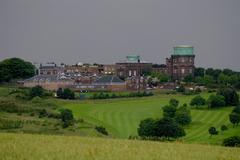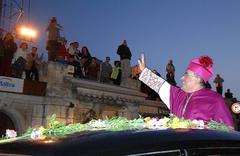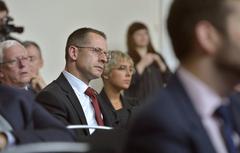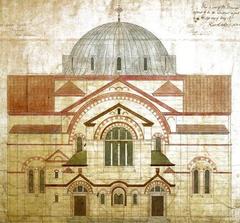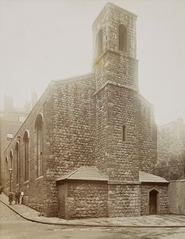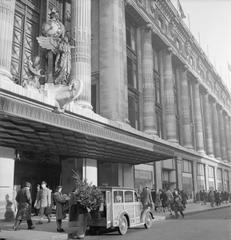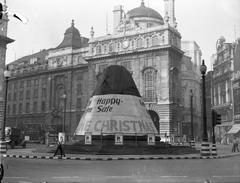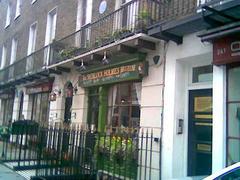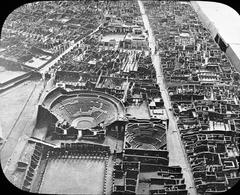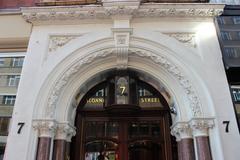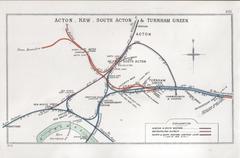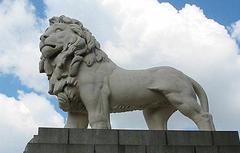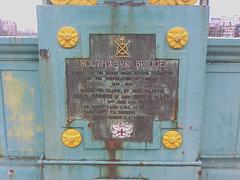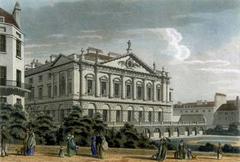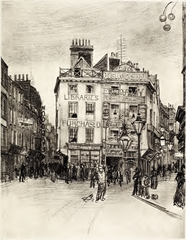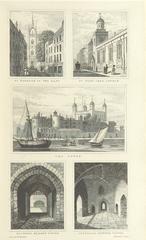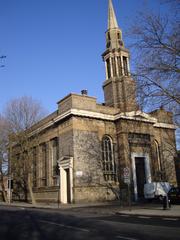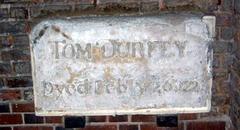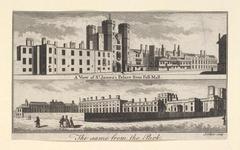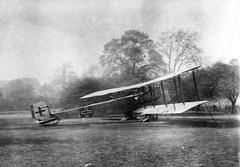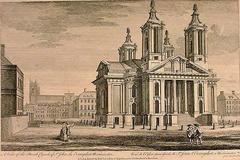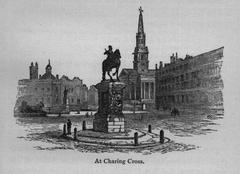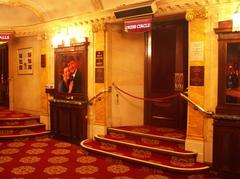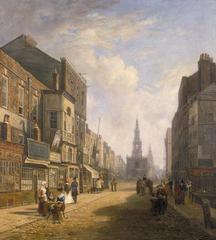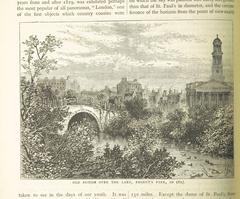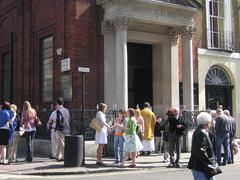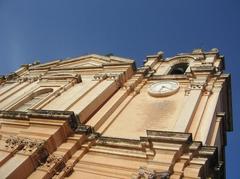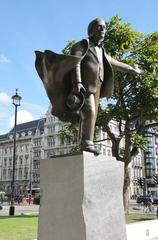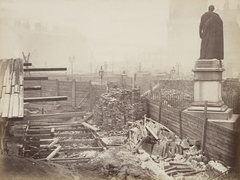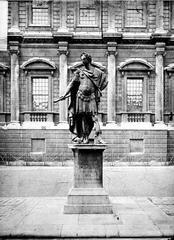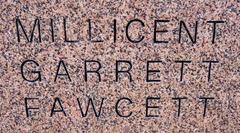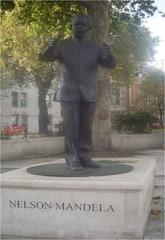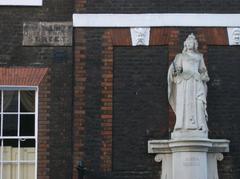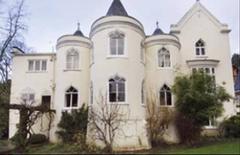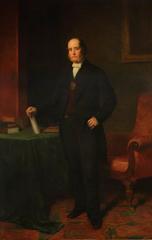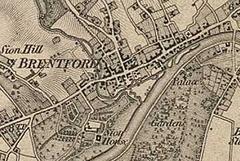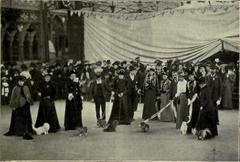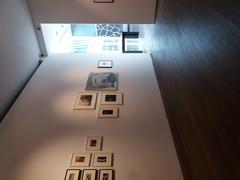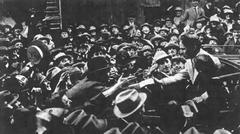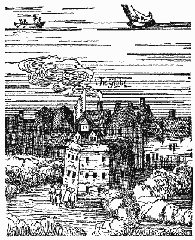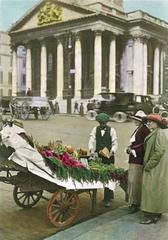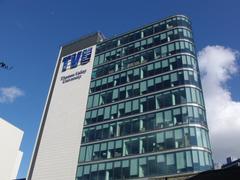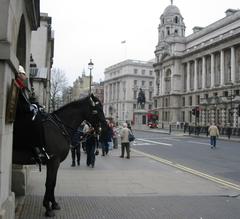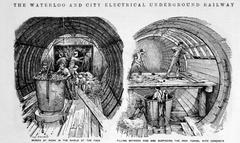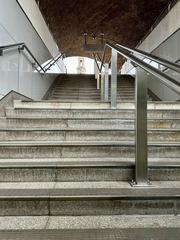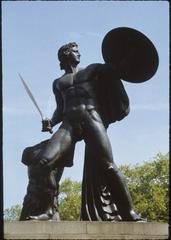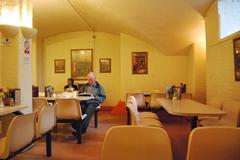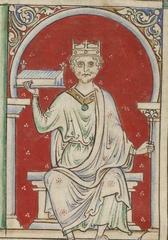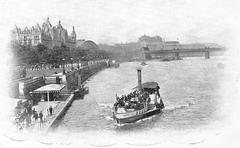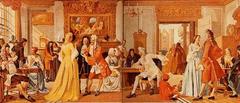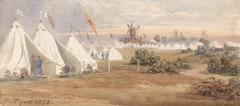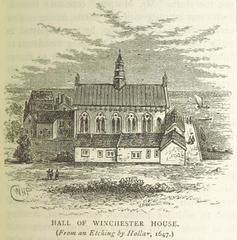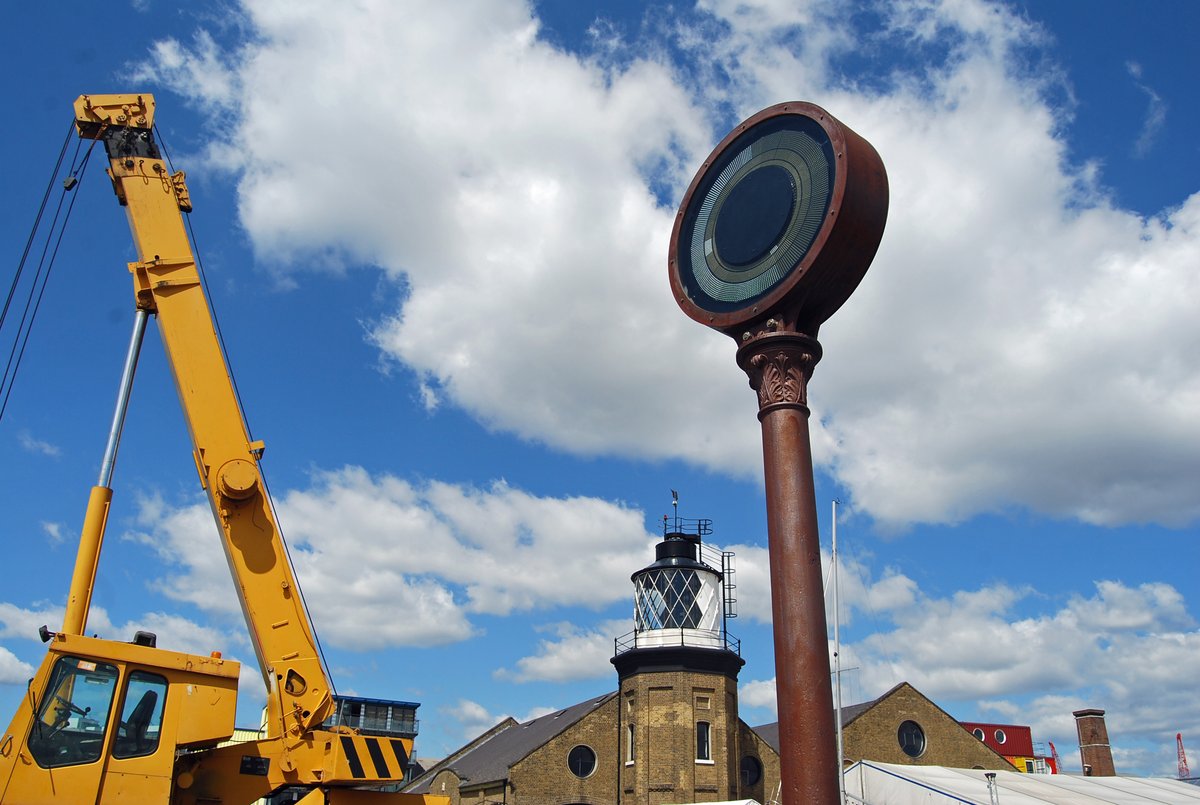
Comprehensive Guide to Visiting Faraday School, London, United Kingdom
Date: 23/07/2024
Introduction
Welcome to the comprehensive guide to visiting Faraday School, one of the most esteemed educational institutions in London, United Kingdom. Named in honor of the illustrious scientist Michael Faraday, the school stands as a beacon of academic excellence and community engagement. Established in 1954, Faraday School has evolved from a modest institution to a renowned center for learning and innovation. This guide aims to provide you with everything you need to know about visiting Faraday School, from its rich history and notable alumni to practical travel tips and nearby attractions. Whether you are a prospective student, an educator, or a curious traveler, this guide will serve as your roadmap to exploring one of London’s most significant educational landmarks. (Faraday School Official Website).
Table of Contents
- Introduction
- Founding and Early Years
- Expansion and Development
- Technological Advancements
- Modern Era and Renovations
- Notable Alumni and Achievements
- Community Engagement and Outreach
- Academic Excellence and Innovations
- Cultural and Extracurricular Activities
- Visitor Information and Travel Tips
- Future Prospects
- FAQ
- Conclusion
Exploring the Rich History of Faraday School
Founding and Early Years
Faraday School was established in 1954 with a mission to provide high-quality education to children in the local community. Initially operating out of a modest building, the school started with a small number of students and staff. The focus during these early years was on creating a nurturing environment that emphasized both academic excellence and personal development.
Expansion and Development
The 1960s and 1970s were periods of significant growth for Faraday School. The school expanded its facilities to accommodate a growing student population. New classrooms, a library, and a science lab were added, reflecting the school’s commitment to providing a comprehensive education. This period also saw the curriculum broadened to include a wider range of subjects, such as the arts and physical education, thanks to funding from the local government and private donations.
Technological Advancements
In the 1980s and 1990s, Faraday School embraced technological advancements, integrating computers and other digital tools into the classroom. This shift marked a significant change in how education was delivered, focusing on preparing students for a rapidly changing world. The school invested in computer labs and provided training for teachers to effectively use technology, maintaining its reputation as a leading educational institution in London.
Modern Era and Renovations
The turn of the century brought further developments to Faraday School. In 2005, the school underwent a major renovation project to modernize its facilities. This included the construction of a new state-of-the-art science wing, a modern sports complex, and updated classrooms equipped with the latest educational technology. These improvements were funded through a combination of government grants and contributions from alumni and the local community, ensuring that Faraday School remains at the forefront of educational excellence.
Notable Alumni and Achievements
Over the years, Faraday School has produced numerous notable alumni who have achieved success in various fields. Among them are Dr. Emily Watson, a leading researcher in renewable energy, and James Thompson, a celebrated author and journalist. The school’s emphasis on fostering critical thinking and creativity has been instrumental in shaping the careers of its graduates. Faraday School’s active and supportive alumni network provides mentorship and opportunities for current students.
Community Engagement and Outreach
Faraday School has always been deeply rooted in the local community. The school regularly engages in outreach programs aimed at supporting underprivileged children and families, including after-school tutoring, summer camps, and community service projects. Faraday School’s commitment to social responsibility is evident in its efforts to create a positive impact beyond the classroom. These initiatives have been recognized with several awards, highlighting the school’s role as a pillar of the local community.
Academic Excellence and Innovations
Faraday School’s commitment to academic excellence is reflected in its consistently high performance in national examinations. The school’s innovative teaching methods, such as project-based learning and interdisciplinary studies, have been widely praised. Faraday School emphasizes the development of critical thinking, problem-solving skills, and creativity, fostering a love of learning in its students.
Cultural and Extracurricular Activities
Faraday School offers a wide range of cultural and extracurricular activities, including music, drama, sports, and various clubs and societies. The school’s annual cultural festival showcases the talents and creativity of its students. These extracurricular programs provide students with opportunities to explore their interests and develop new skills.
Visitor Information and Travel Tips
For those interested in visiting Faraday School, it is easily accessible via public transportation in London. The school offers guided tours for prospective students and their families. Nearby attractions include the Museum of London Docklands and the Science Museum, making it a great educational trip. The school is also equipped with facilities to accommodate visitors with disabilities, ensuring accessibility for all.
Future Prospects
Looking ahead, Faraday School is committed to continuing its tradition of excellence and innovation. The school plans to further expand its facilities and programs to meet the evolving needs of its students, including new courses in emerging fields such as artificial intelligence and environmental science. Faraday School’s vision for the future is to remain a leader in education, providing students with the knowledge and skills they need to succeed in a rapidly changing world.
FAQ
Q - When was Faraday School established? A - Faraday School was established in 1954.
Q - Who are some notable alumni of Faraday School? A - Notable alumni include Dr. Emily Watson, a leading researcher in renewable energy, and James Thompson, a celebrated author and journalist.
Q - What extracurricular activities does Faraday School offer? A - The school offers a wide range of activities, including music, drama, sports, and various clubs and societies.
Q - How can I visit Faraday School? A - The school offers guided tours for prospective students and their families. It is easily accessible via public transportation in London.
Conclusion
Faraday School’s rich history is a testament to its commitment to academic excellence, innovation, and community engagement. From its humble beginnings to its current status as a leading educational institution, Faraday School continues to inspire and shape the minds of future generations. For more information, visit the Faraday School Official Website.
Call to Action
Stay updated with the latest news and events from Faraday School by downloading the mobile app Audiala. Check out other related posts on our site and follow us on social media for more updates.
